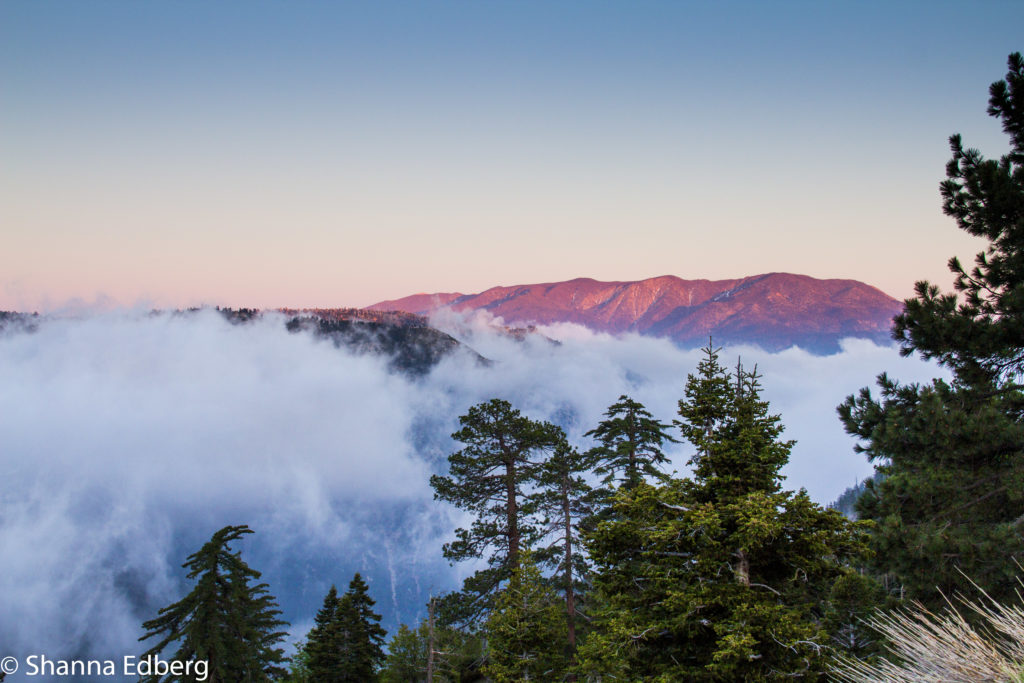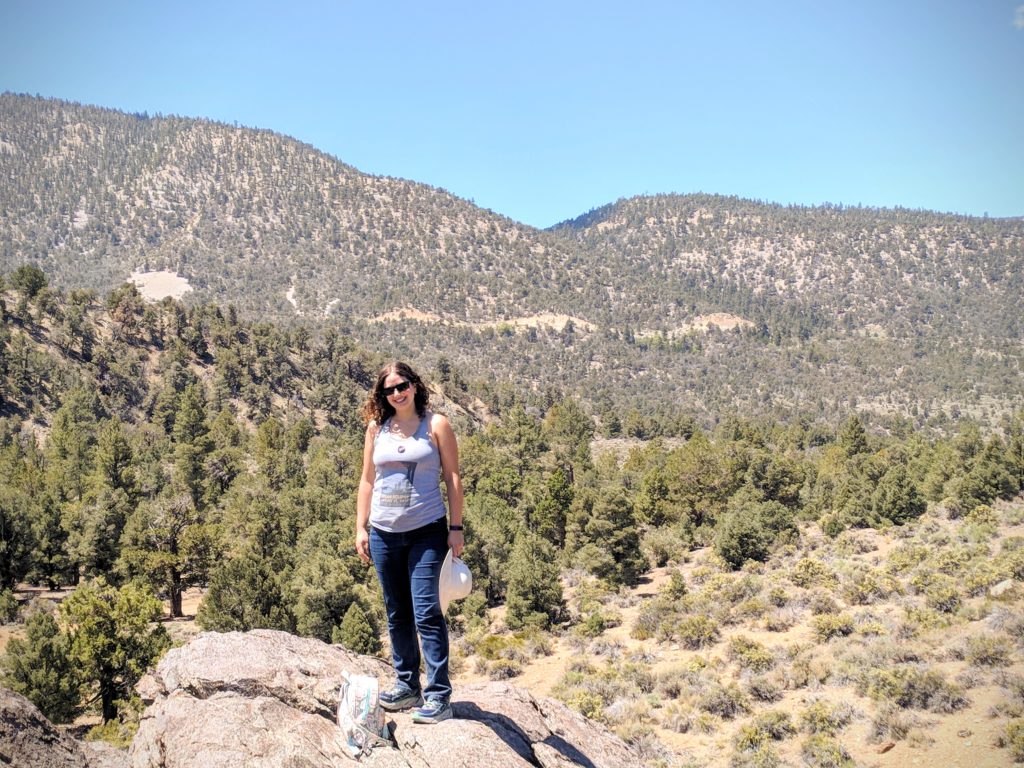Last updated on February 10th, 2025

Have you felt that life seems to make more sense when you’re out in nature? In the concrete and the polluted air of built-up neighborhoods, we feel a turmoil and pull from our obligations that melts away under the shade of trees and the clean air of the mountainside. Natural areas are a respite from our everyday lives, and increased usage of our national parks and public lands and waters during the pandemic has confirmed how badly we need it.
But nature is more than a respite for the mind, body and soul in times of stress. It is a respite from the dangers of the climate crisis, a carbon sink, and a source of clean air, water, and soil that we rely on for our basic needs. It is also a provider of local jobs and revenue and a boon to children’s education.
Unfortunately, not everyone is able to access and unlock these benefits. Nationally, communities of color are three times more likely to live somewhere that’s “nature deprived.” A nature-deprived neighborhood is one that is facing a greater rate of destruction of close-to-home natural areas and green spaces than average, be it from urban sprawl, gray infrastructure, or oil and gas development. With communities of color also more likely to be over-burdened by sources of pollution, this is a double whammy of environmental injustice.
Protecting natural areas and restoring degraded areas that are close to urban areas and communities of color is a way to help mitigate this injustice. One such example of a beautiful protected area is the San Gabriel Mountains, at the northern edge of the Los Angeles Basin, where I grew up. Los Angeles County is a large urbanized area encompassing multiple cities and millions of residents, many of whom are underserved and live in nature-deprived neighborhoods.

More than 15 million people live within 90 minutes of the San Gabriel Mountains, and the mountains provide 70 percent of Los Angeles’ green space – alleviating the Nature Gap. The mountains also provide a third of LA County’s drinking water. President Obama designated the San Gabriel Mountains National Monument in 2014, protecting LA’s water quality, improving air quality, and providing better access to outdoor recreation for millions of Angelenos while protecting the area’s ecosystems and wildlife.
The Angeles National Forest, which encompasses the Monument, is also a key player in the Earth’s climate system. The range’s trees and chaparral absorb carbon dioxide from the air and together store 11.6 Million Metric Tons of carbon, equivalent to the emissions from 2.5 million cars for a year.
Hispanic Access Foundation works with community leaders and policymakers throughout California and the US to bring the benefits of nature to Latino communities. From the absorption of pollutants to resilience to extreme heat, droughts, and storms to the physical and mental health benefits of being outdoors, our communities need access to nature more than ever in an increasingly chaotic and warming world.
Decision-makers in Congress, the Biden administration, and the State of California are currently considering policy that would protect more nature in California. One such example is the PUBLIC Lands Act, introduced by Senators Alex Padilla and Dianne Feinstein, which would protect and increase access to more than one million acres of public lands and over 500 miles of rivers in California, including the San Gabriel Mountains. Another policy example is Governor Newsom’s Executive Order to protect 30% of California’s lands, water, and ocean by 2030 (known as 30×30), a goal that is also reflected nationally in the Biden Administration’s America the Beautiful initiative.
In addition, there are several areas on land and sea that have been nominated for protected area designations or that could have their protections reinstated following Trump-era orders to weaken and shrink them. These areas include the Chumash Heritage National Marine Sanctuary, important for preserving indigenous heritage off the California coast; the Western Riverside Wildlife Refuge, bringing nature access to California’s Inland Empire; Caster Range National Monument, important to Latino heritage and access to nature in El Paso, TX; the Chesapeake National Recreation Area, boosting access to nature for Latinos and communities of color surrounding the Chesapeake Bay; the restoration of Bears Ears, Grand Staircase-Escalante, and Northeast Canyons and Seamounts National Monuments; among many others.
These nature protection and restoration policies must be implemented equitably, centering the needs and voices of communities of color, in order to guarantee a safe, inclusive, pollution-free outdoors for all that addresses environmental justice, meets community needs, and confronts the urgency of the climate crisis we face.
Watch this video to learn more about the importance of protecting public lands, such as California’s San Gabriel Mountains for conservation.
Shanna Edberg is the Director of Conservation Programs at Hispanic Access Foundation.
